Most travelers flock to Europe during peak summer months, enduring crowds and premium prices for the privilege of sweating through packed attractions. The shoulder seasons tell a different story entirely.
Here’s a list of 15 essential strategies for making the most of European travel during spring and fall when the continent reveals its best-kept secrets.
Pack layers like your comfort depends on it
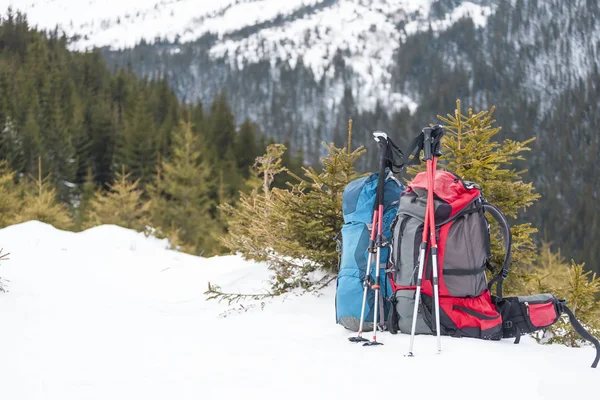
European shoulder seasons swing between crisp mornings and warm afternoons without warning. A lightweight jacket becomes essential armor against unpredictable weather shifts. Because it really might save your day.
Pack pieces that work together. Base layers, cardigans, and a waterproof shell can handle everything from Edinburgh drizzle to unexpected Roman sunshine.
Target the Mediterranean in October
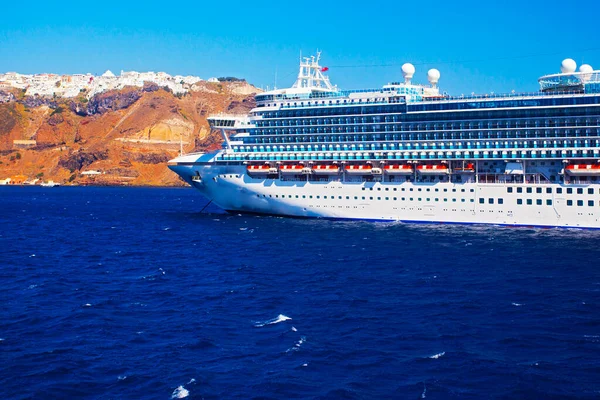
October delivers the Mediterranean’s golden hour on a silver platter, complete with temperatures that hover in the comfortable 70s while summer crowds disappear back to their regular lives. Greece, southern Spain, and coastal Italy still offer beach weather without the crushing heat. The sea retains summer warmth well into fall.
Restaurant terraces stay open later, and locals emerge from their air-conditioned hiding spots. It’s like the region finally exhales.
Like Travel Pug’s content? Follow us on MSN.
Book accommodations six weeks ahead

Shoulder season creates a booking sweet spot. Too early, and prices reflect peak season optimism. Too late, and the best options vanish.
Six weeks hit the magic window where hotels adjust prices downward, but availability remains strong. This timing works especially well for boutique properties that fill up during peak season.
Avoid northern Europe in early spring
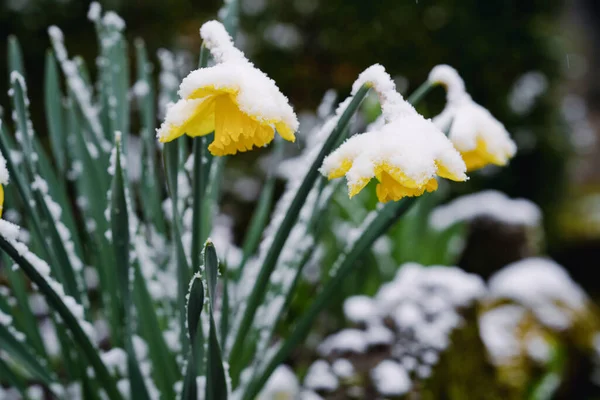
March and April can be brutal in Scandinavia and northern Germany. Snow lingers. Temperatures hover just above freezing. Not ideal.
Save Copenhagen and Stockholm for late spring or early fall instead. May brings reliable sunshine and manageable crowds to Nordic capitals, and the extra wait pays off in comfort and photo opportunities that don’t require thermal underwear.
Chase the autumn colors strategically
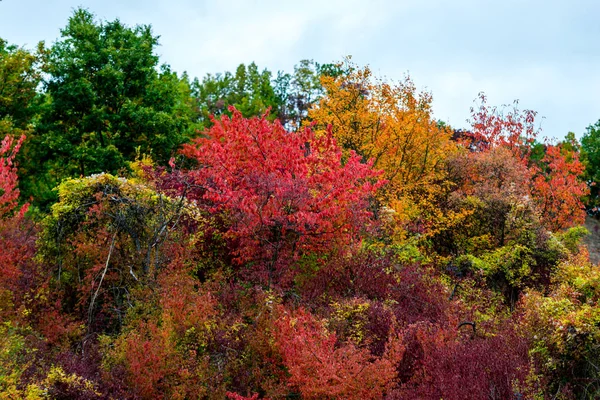
Europe’s fall foliage follows predictable patterns that smart travelers can exploit. The show starts in late September in mountainous regions and moves south through October.
Like Travel Pug’s content? Follow us on MSN.
Embrace the museum season
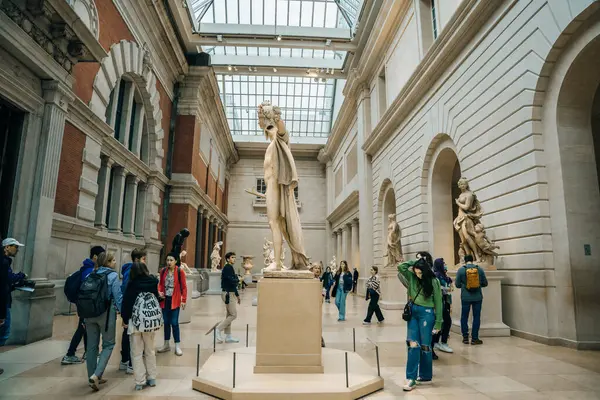
Shoulder season transforms Europe’s cultural attractions. The Louvre feels manageable again. Vatican Museums breathe easier. You can actually see the Mona Lisa without someone’s elbow in your ribs.
Indoor attractions become refuges during unpredictable weather days, and many museums extend hours or offer special exhibitions during shoulder periods to attract visitors.
Master the art of flexible planning

Shoulder season weather demands adaptability. That perfect outdoor market day might become a perfect museum afternoon with zero warning. Build loose itineraries with indoor and outdoor alternatives for each day.
The freedom to pivot creates better experiences than rigid scheduling. Sometimes the best discoveries happen when plans change completely.
Exploit shoulder season flight deals

Airlines slash prices during shoulder periods to fill planes, and mid-week departures in late September or early May can cost half of peak summer rates.
Set price alerts for multiple departure dates. Flying Tuesday to Tuesday instead of weekend to weekend can save hundreds per person. The savings often cover an extra few days of travel. Which is never a bad thing.
Like Travel Pug’s content? Follow us on MSN.
Pack a lightweight rain jacket
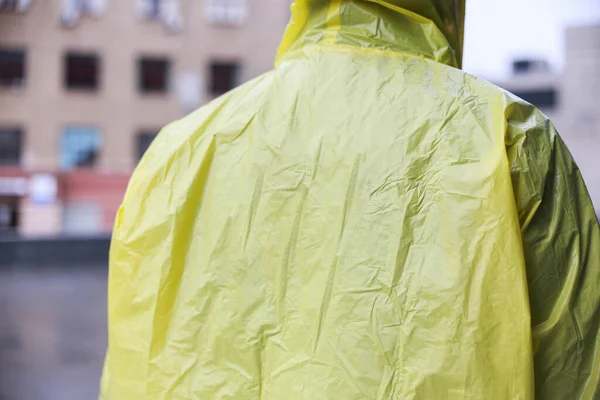
European shoulder seasons come with precipitation surprises that weather apps somehow never predict accurately. That sunny morning forecast can turn into afternoon showers without advance notice.
Invest in a packable rain jacket that stuffs into its own pocket. The difference between a soggy tourist and a comfortable explorer often comes down to ten ounces of waterproof fabric.
Time your arrival for maximum value

Late September and early October offer the best balance of weather, crowds, and prices across most of Europe. Early May runs a close second for northern destinations.
Still, avoid the shoulder season shoulders. Late March and early November can disappoint with weather that’s neither spring nor fall but something uncomfortably in between.
Research local festivals and events

Shoulder seasons host some of Europe’s best cultural celebrations. Oktoberfest runs through early October. Harvest festivals populate wine regions during the fall months.
Many cities schedule major events during shoulder periods to boost tourism. Edinburgh’s festivals extend into September. Venice’s Biennale runs through November in odd years. These events can enhance or complicate travel plans depending on preferences.
Like Travel Pug’s content? Follow us on MSN.
Consider extended stays in smaller cities
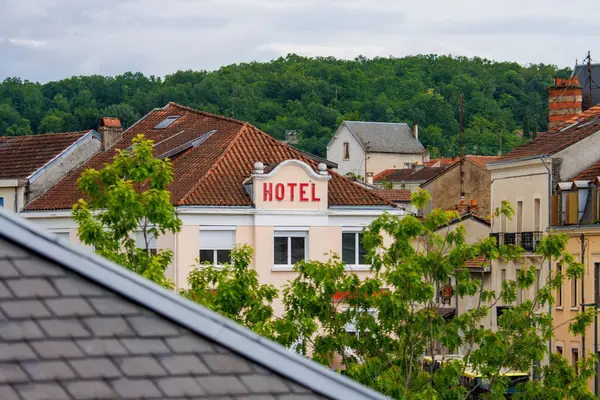
Shoulder season pricing makes longer stays affordable in places that command premium rates during peak season. A week in Prague or Krakow costs less than three days during summer peak. Do the math.
Smaller European cities shine during shoulder periods when local life returns to normal rhythms and restaurants serve locals alongside tourists. The authentic Europe emerges from behind its peak season tourist facade.
Master public transportation timing

European public transit runs different schedules during the shoulder seasons. Some tourist routes reduce frequency while others maintain full service year-round.
Check current schedules rather than assuming summer timetables continue into fall. Regional trains and buses often cut weekend service during shoulder periods, so plan accordingly to avoid stranded afternoons at small stations where the only company is a vending machine that doesn’t work.
Pack for indoor dining

European outdoor dining culture shifts dramatically during shoulder seasons. That perfect sidewalk café might close its terrace with little warning when temperatures drop. Bring layers suitable for indoor restaurants that might run warmer or cooler than expected.
Restaurant heating systems work on local schedules that don’t always align with tourist comfort preferences. A light sweater solves most dining temperature issues.
Like Travel Pug’s content? Follow us on MSN.
Know your shoulder season personalities

Spring and fall offer completely different European experiences. Spring energizes with renewal and optimism while fall satisfies with harvest abundance and cultural depth.
Choose based on travel personality rather than just weather preferences. Spring suits active travelers who enjoy longer daylight and emerging outdoor life. Fall rewards contemplative travelers who appreciate cozy indoor culture and dramatic landscapes. Both have their charms.
The sweet spot strategy
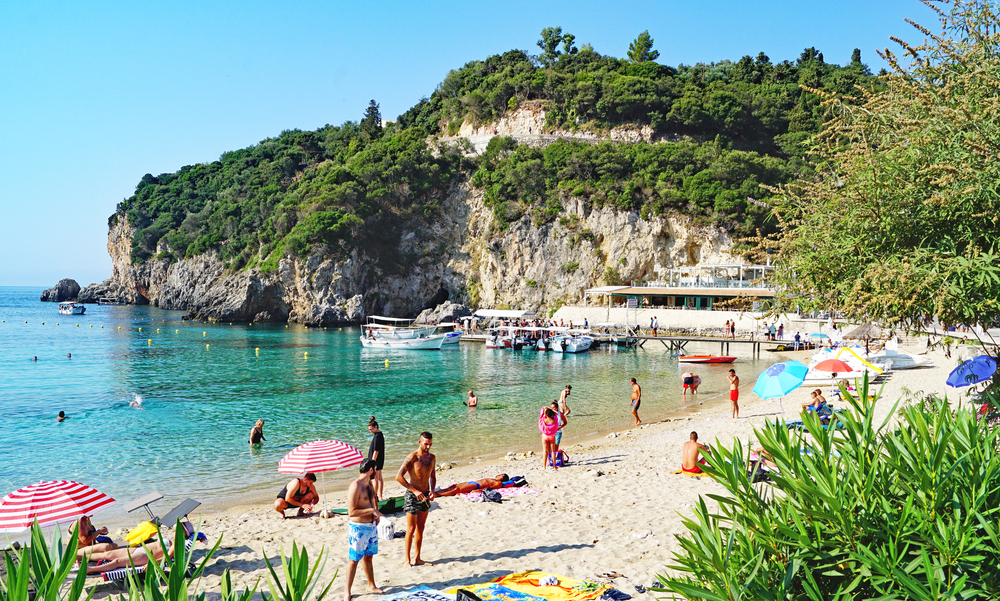
Shoulder season European travel rewards the prepared and flexible. The continent’s true character emerges between the summer crowds and winter hibernation, offering experiences that peak season visitors never encounter.
Smart timing transforms good trips into unforgettable journeys.
More from Travel Pug

- 20 Best Beach Towns in the Carolinas
- 13 Destinations Where Tourists Regularly Regret Their Trip
- 20 Things You Actually Get in First Class
- 20 Small Airports With Aviation Museums
- 20 Places in the U.S. That Are Perfect for a Reset Trip
Like Travel Pug’s content? Follow us on MSN.
